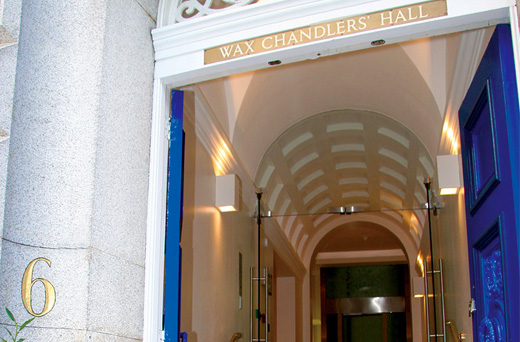A Royal Charter provides an organisation with complete legal personality and the power to hold property and make contracts. It authorised the Company to elect a Master and two Wardens, to maintain standards of materials and workmanship, and to acquire land and additional property for charitable and other purposes, to the value of 5 marks (£3.33p) a year. A new Royal Charter was obtained from Charles II on 23 November 1663 and new ordinances followed a year later.
Livery Companies must have a Charter, usually from the Crown, or Letters Patent from the City of London Corporation. There are less than 1000 chartered organisations in this country. A Charter gives:
- perpetual succession
- power to hold land
- the right to appoint a governing body
- the right to go to law
- the right to make rules to regulate the trade (often over an area larger than the City. Those Companies still exercising trade control do so nowadays under Act of Parliament and not Charter).
Taking advantage of its status as an incorporated body, the Company obtained a grant of arms in 1484.



